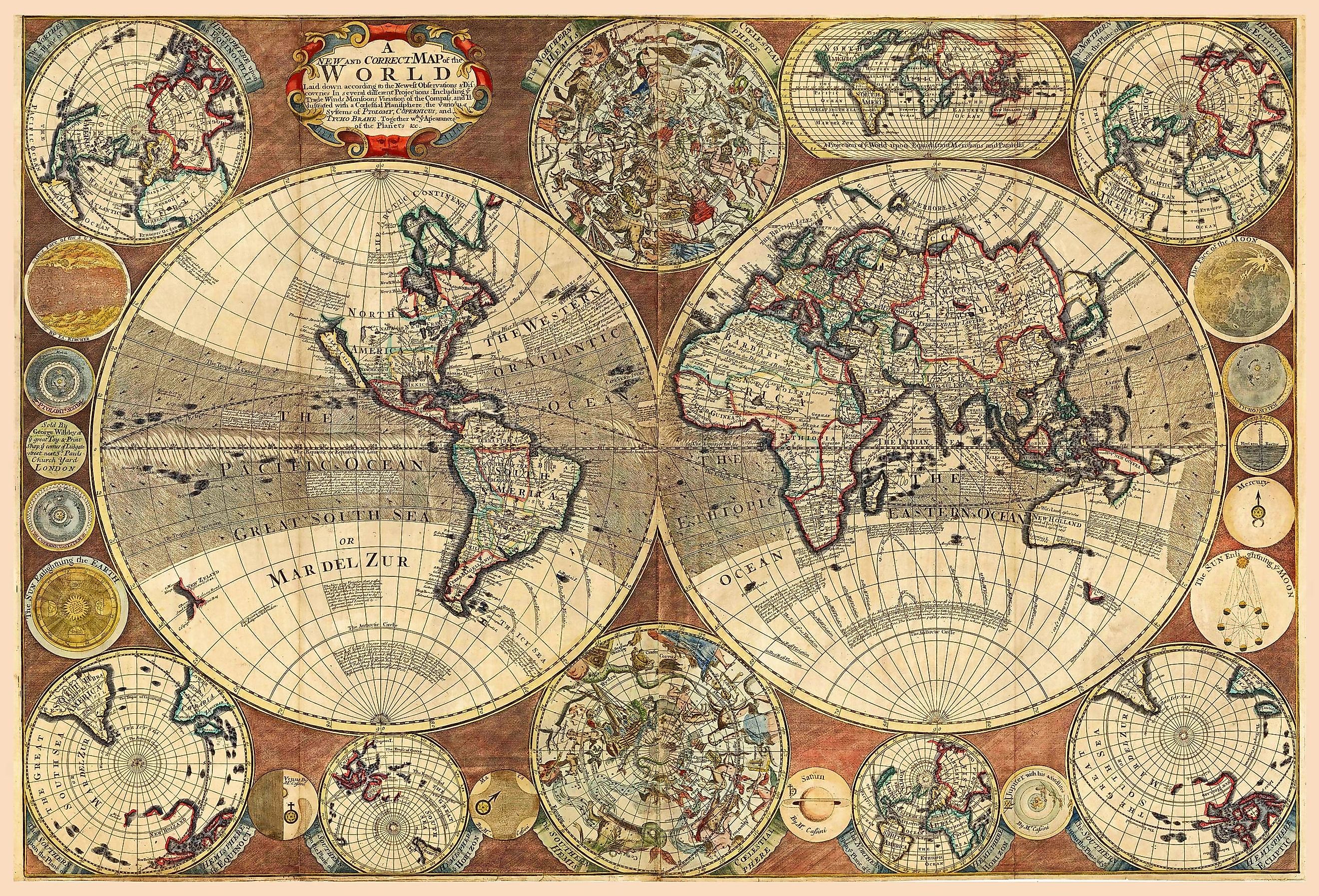
10 Ancient Inventions Still Used Today
Whether it is your phone’s alarm clock or the navigation system in your car, there are many devices that help us comfortably live our lives. Embedded in our day-to-day routine, some advanced technological inventions seem to be the products of recent advancements. Surprisingly, that’s not the case. Many devices and technologies we use today actually came up many thousands of years ago, thanks to the genius of ancient civilizations. In this article, we’ll be going over some of these ancient inventions that we still use today.
Concrete
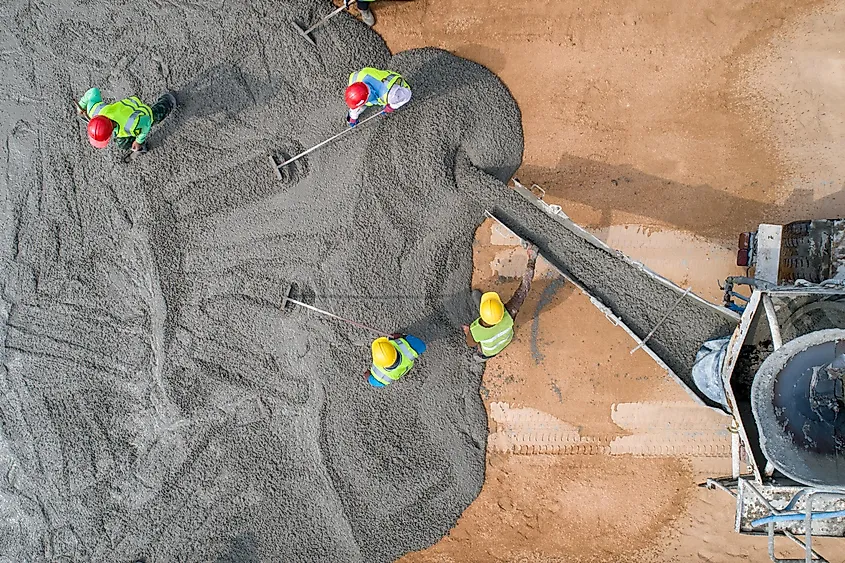
The building block for most of today’s urban centres, concrete has become vital for the infrastructure we are so used to. Whether it is for the foundation of a skyscraper or constructing a road, concrete is used throughout the world to create sturdy and reliable structures. It's somewhat natural that this monumental invention in urban planning has been around for many centuries with the earliest traces dating back to 6500 BC. These traces from regions of Syria and Jordan claim to have concrete floors for housing structures and even underground cisterns. That being said, it was only in 600 BC that the Romans truly made widespread use of the material. A combination of volcanic ash, slaked lime, and seawater, a paste known as pozzolana was made and subsequently filled into wooden forms to develop a brick-like structure. Once they had formed these bricks were used throughout Roman architecture and remnants can still be seen today.
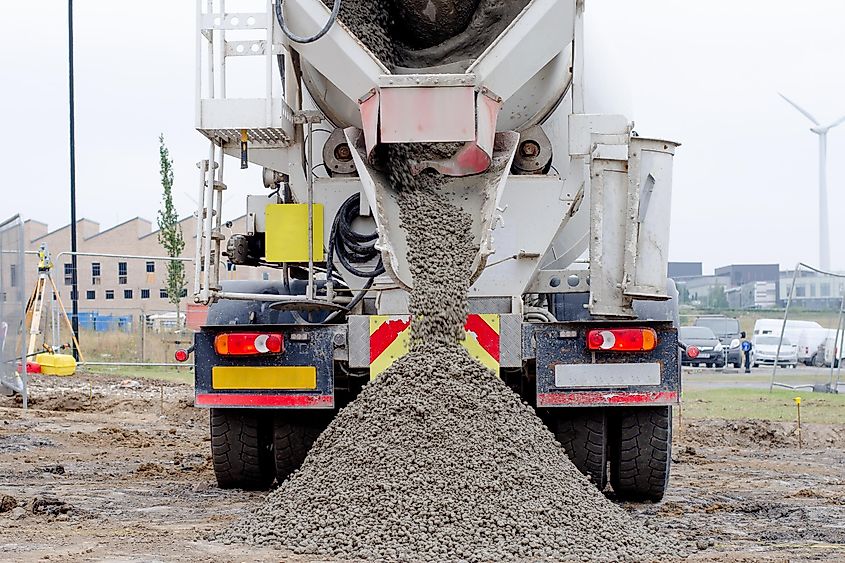
Surprisingly, unlike many others on this list, concrete has an interesting journey as the technology seemingly took a step back after the fall of the Roman Empire. This is because up until the 18th century, the technique to develop concrete was seemingly forgotten. It wasn’t until the invention of modern concrete that the material truly regained its glory.
Paper

With knowledge being something that truly transcends time, passing it on is of paramount importance. That being said, how exactly can we pass on knowledge through generations? Well, for many centuries, the ancient invention of paper which has allowed for stories, history, books, and many other written works to be documented and stored for others to see. This thin material, often produced from natural fibres was invented more than 2 millennia ago sometime around 100AD by an Imperial Chinese court dignitary by the name of Cai Lun.
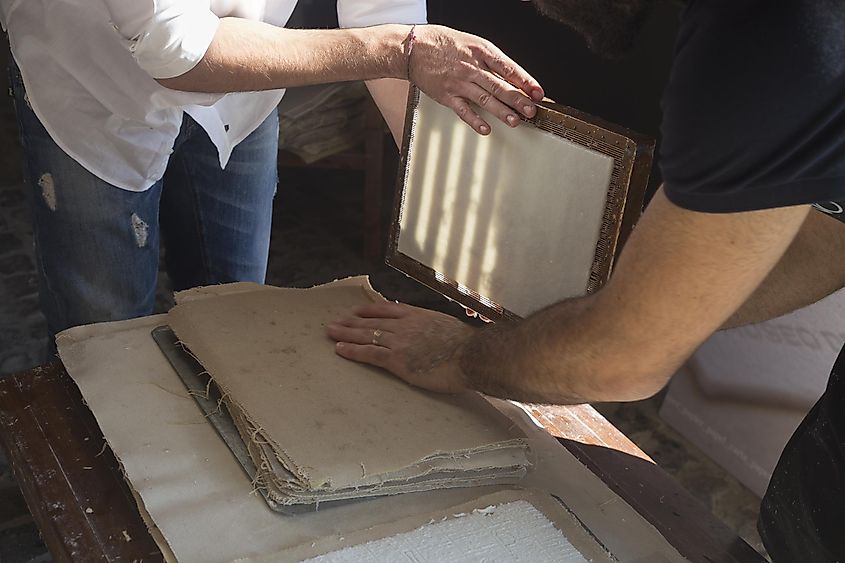
Although traces of paper date back even further, it was thanks to Cai Lun’s reinvention of the process which allowed for reliable sheets to be made in quick succession. With the help of various materials for the process such as wood chips, rags, cotton, and more, these sheets quickly became the norm for Chinese royalty and nobility and gradually spread throughout the world. Even today, the paper we use has a similar base process as the one used 2200 years prior! Truly goes to show how timeless this knowledge was!
Compass
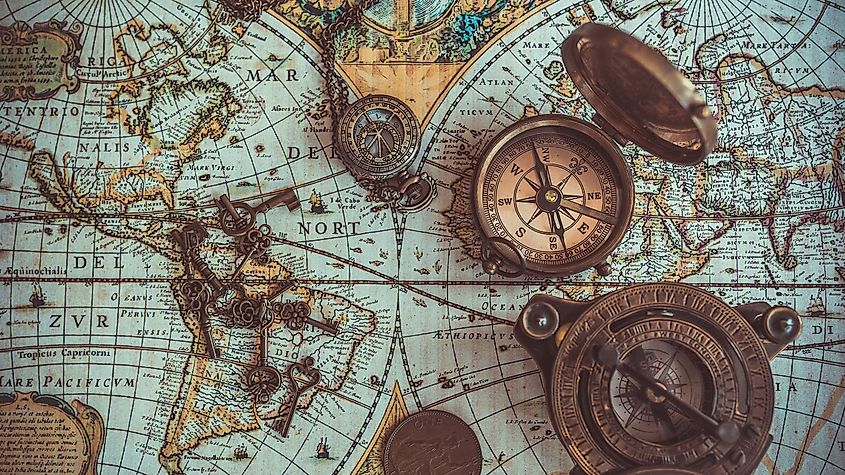
A few centuries back, checking your compass to see if you were facing north, south, east or west could well and truly be the only way you could find your way across long distances. Even today, many hikers, travellers, and people in the wilderness carry compasses for a reliable and trustworthy method to find their way around nearly the whole world! However, did you know that the compass was not initially used for navigation? Invented between the 2nd century BC and 1st century AD, compasses were primarily used for fortune-telling, finding gemstones, and even divination in the Han Dynasty.
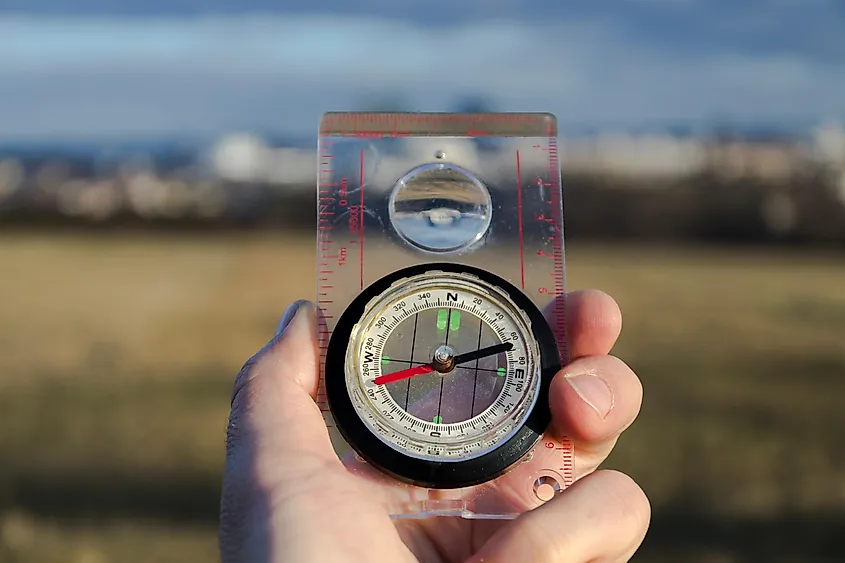
It wasn’t until some years later that people understood its much more apt application as a tool for navigation. Although, surprisingly, this also took a long time to gain a following and with early compasses made of a single lodestone attached to some rope, things weren’t easy. So, while they were invented by approximately 200 BC, the 11th century AD saw confirmed and widespread Chinese military applications of compasses for navigation.
Cartography (Maps)
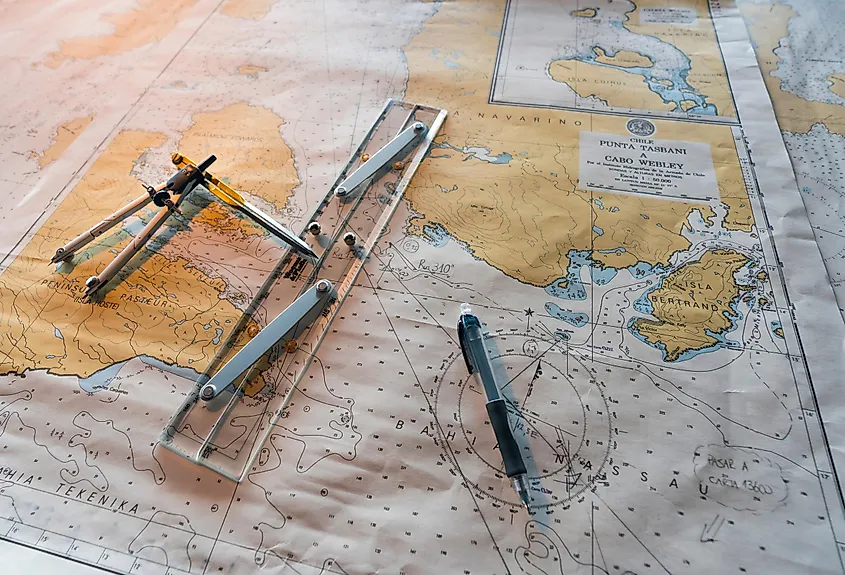
Speaking of compasses, what is one thing that goes hand in hand with a compass and was used by nearly every traveller, ship captain, and military throughout the past millennia? That’s right, maps! Specifically, the science of cartography which is the study of making and using maps has actually been around for about as long as, or even longer than compasses. While the earliest traces date all the way back to the ancient city of Babylon, the first actual world map was made in 610 BC.
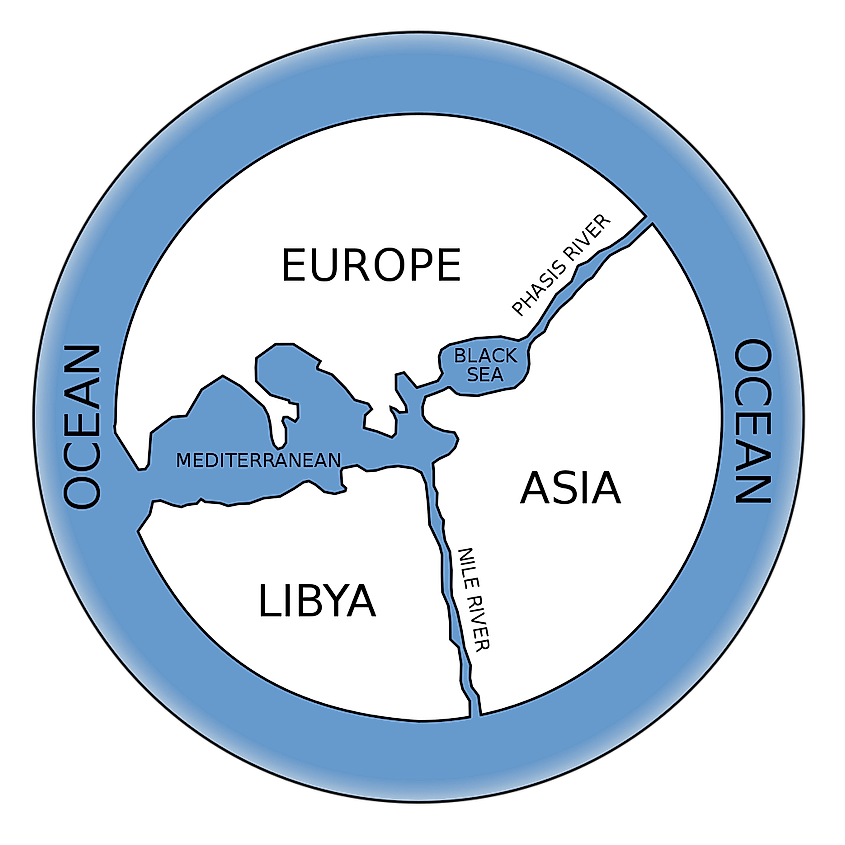
Created by the ancient Greek philosopher Anaximander, this map was a pioneering event in world history. Made on a tablet, it featured the Nile River flowing along the southern end and the Caspian Sea covering the east among many other unique things which were a huge step for the time. While many of these things turned out to be incorrect later on, this map would set the route to mapping the entire globe.
Mints
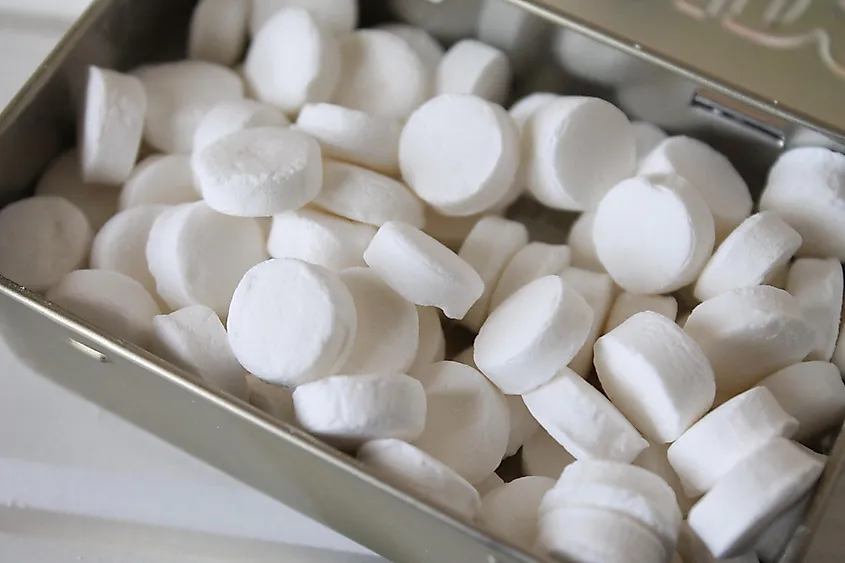
It's pretty obvious nobody likes speaking to someone with a smelly breath. In the worst case, you may end up not talking to them at all. Well, the ancient Egyptians were quite the same and in their society, smelly breath was a so-called “taboo.” To solve this smelly problem, they invented beautiful breath mints back in the time Before Christ. Handmade with a combination of myrrh, cinnamon, honey, and frankincense which were boiled together, these pellet-shaped mints would do the job quickly and rid the Egyptians of any breath-related issues!
Water Mills
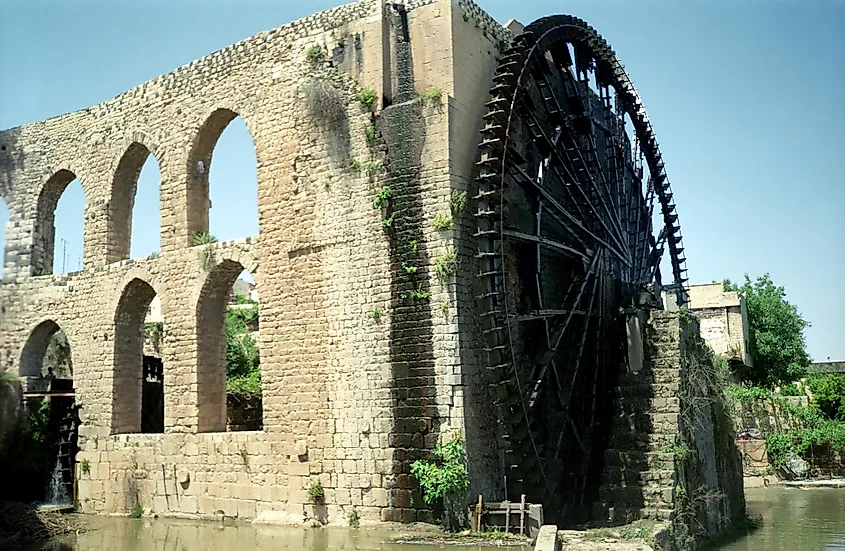
The water mill is a large mechanical invention which dates back to the 4th century BC with historical traces spanning throughout time. For example, one of the earliest known traces is from the Greek scientist, Philon of Byzantion who, around 250 BC mentioned descriptions of watermills in his book Pneumatica. That being said, as these were slightly lacking in detail, the invention of the water mill is often linked to the Roman engineer Vitruvius who provided a complete technical description of the mechanical device.
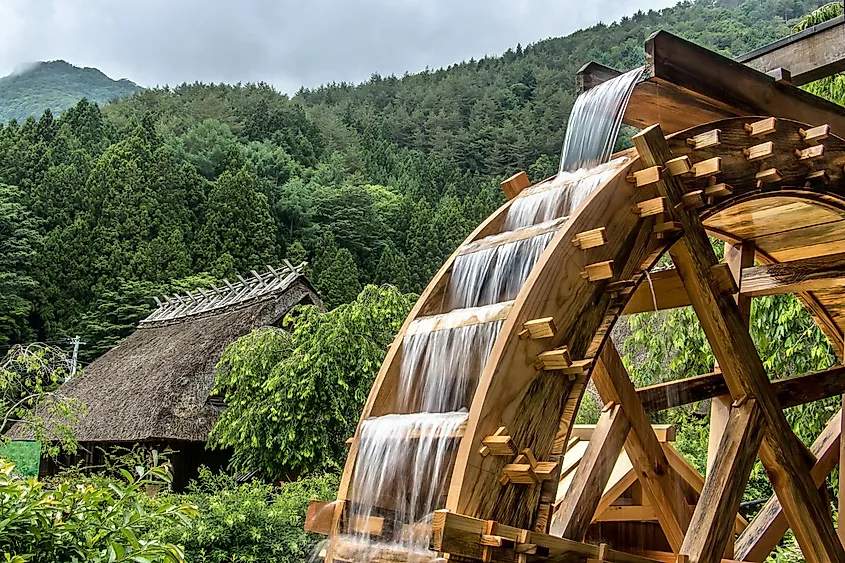
Using a much more basic design, the Roman water mills were used to process grains and used an undershot waterwheel connected to a gear mechanism to complete movements. Thanks to this, the entire mechanical aspects could be hidden away under the grain mill for an easy experience. As time has progressed, water mills have progressed immensely and can now be used much more efficiently with durable and effective designs.
Alarm Clock
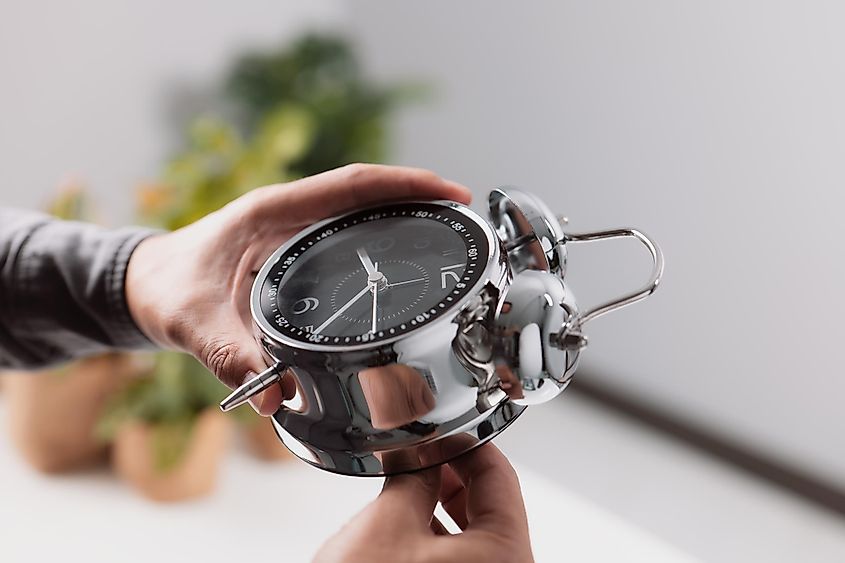
Used throughout the world on a daily basis by many, alarm clocks are a staple to most people’s lives. Whether it is helping them wake up in the morning or just as a reminder for a meeting, these clocks have been saving you from trouble for many years. However, not just you, they’ve actually been saving loads of people for more than 2,000 years! This is because the first alarm clock was invented in ancient Greece by the Greek philosopher Plato sometime around 400 BC.

That being said, as he was quite a promotive version of the invention featuring only a water clock and water organ for signalling lectures, the invention is often given to Hellenistic engineer Ctesibius near 250 BC. Ctesibius’s alarm clock was leaps and bounds ahead of his time featuring a dial and pointer to indicate the time, connected to a system which would drop small pebbles onto a gong at certain times to ring the alarm. Moreover, it could also be set so that the alarm would ring at whatever time you want. 2,000+ years later and well, while a lot smaller and more efficient, alarm clocks are still essentially the same!
Indoor/Covered Plumbing
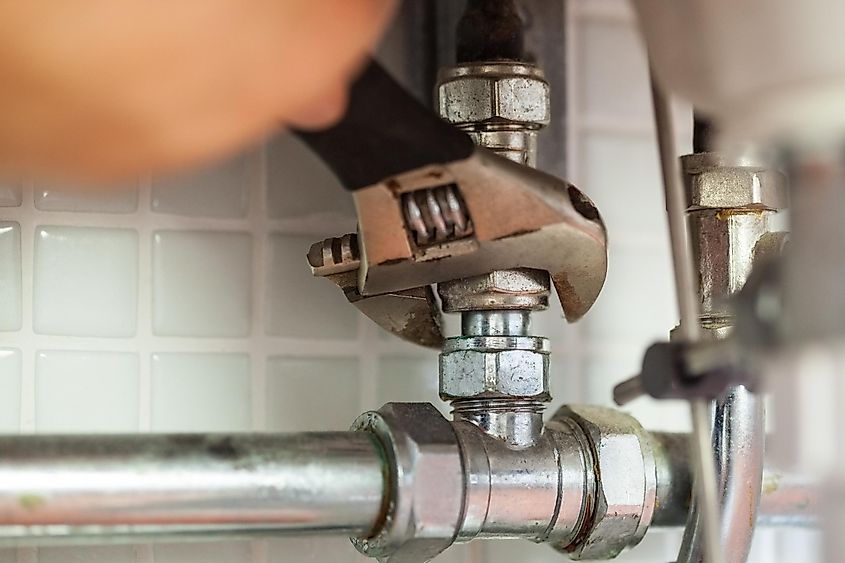
What’s worse than flushing the toilet and hearing the dreaded sound of the water not flushing? Well, imagine not having a covered plumbing system at all. That’s exactly what people had to deal with until the ancient Egyptians developed the first known plumbing system in approximately 2,000 BC. Thanks to their impressive focus on hygiene, the Egyptians invented complex underground drainage systems which were connected to bathrooms and tombs at the time.

This allowed for various advancements such as draining bathtubs, flushing toilets, and much more. Revolving around the Nile River, these systems were made with clay or copper pipes and would lead wastewater into the Nile River to keep cities clean. So, all in all, it isn’t far off from the type of systems that are in use today!
Central Heating System
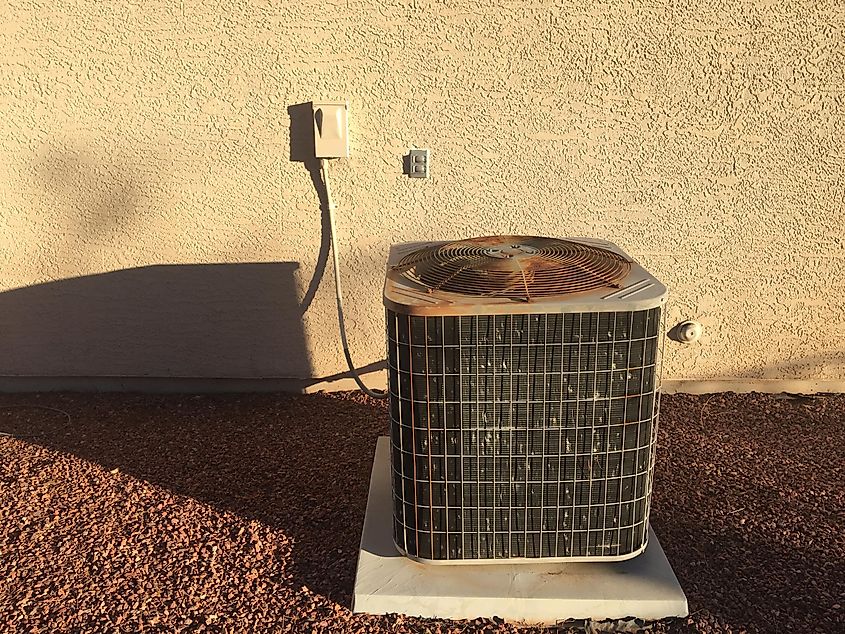
Like staying warm in the comfort of your home no matter how the weather is outside? Well, you can thank the Ancient Greeks for the amazing central heating system that keeps your home cosy and hot. These mastermind engineers and inventors developed the first central heating system in the temple of Ephesus sometime Before Christ. This system used ducts connected to underground fires which would guide the hot air into the temple keeping it warm no matter what the weather was like outside.

A few centuries after this, the Romans were also known to use slightly more widespread heating systems known as hypocausts which worked with the help of furnaces under the ground. However, apart from this, archaeological sites have also indicated similar structures for heating developed in Korea (as of todway back in 5,000 BC. So, we may not know exactly who invented the first central heating system. Whatever the case may be, at least we can enjoy some warmth indoors!
The Hot Tub

Few things in life sound better than relaxing in a warm hot tub on a chilly winter day. Well, these relaxing and enjoyable inventions have actually been around for longer than you may have imagined. Similar to the ancient Egyptians creating breath mints to tackle smelly breath, the hot tub was invented as a way to keep clean as they were known to bathe multiple times a day. These early hot tubs can be traced back to around 2000 BC and were known to have added essential oils and flowers for their therapeutic aromas, which is quite similar so what is done today.
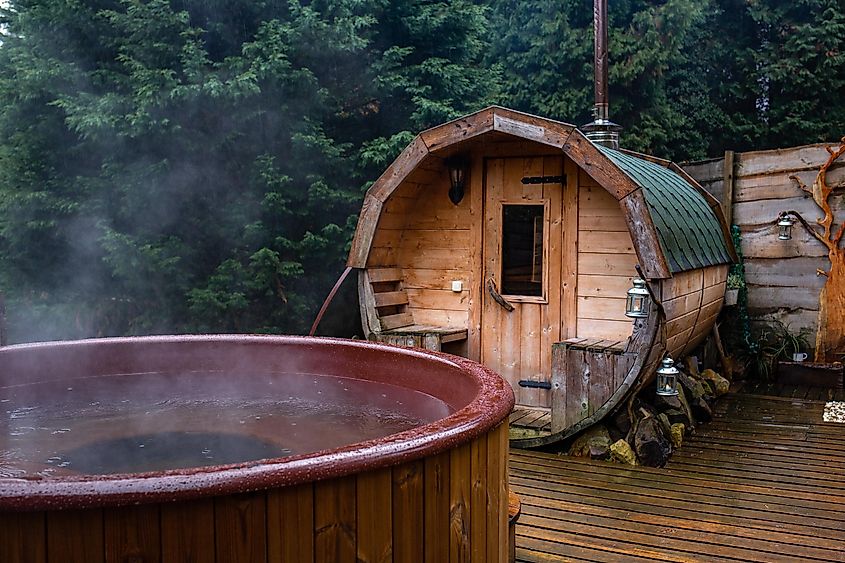
Approximately 500 years after this, the Ancient Greeks have somewhat more intricate historical records which show pools developed around volcanic springs for seemingly unlimited warm and mineral-rich water. Used for both fun and cleaning, these hot tubs were soon succeeded by the Romans, Japanese, and many others to now become the highly advanced and feature-filled devices we see today.
With so many modern devices having roots dating back thousands of years, it is quite surprising how advanced some societies were. Specifically, the Egyptians, Romans, and Greeks are credited for being highly intellectual when it came to engineering activities testament to which we can thank them for a lot of things used today. So, the next time you eat a breath mint or turn up your central heating, be sure to remember these pioneers of technological advancement!











